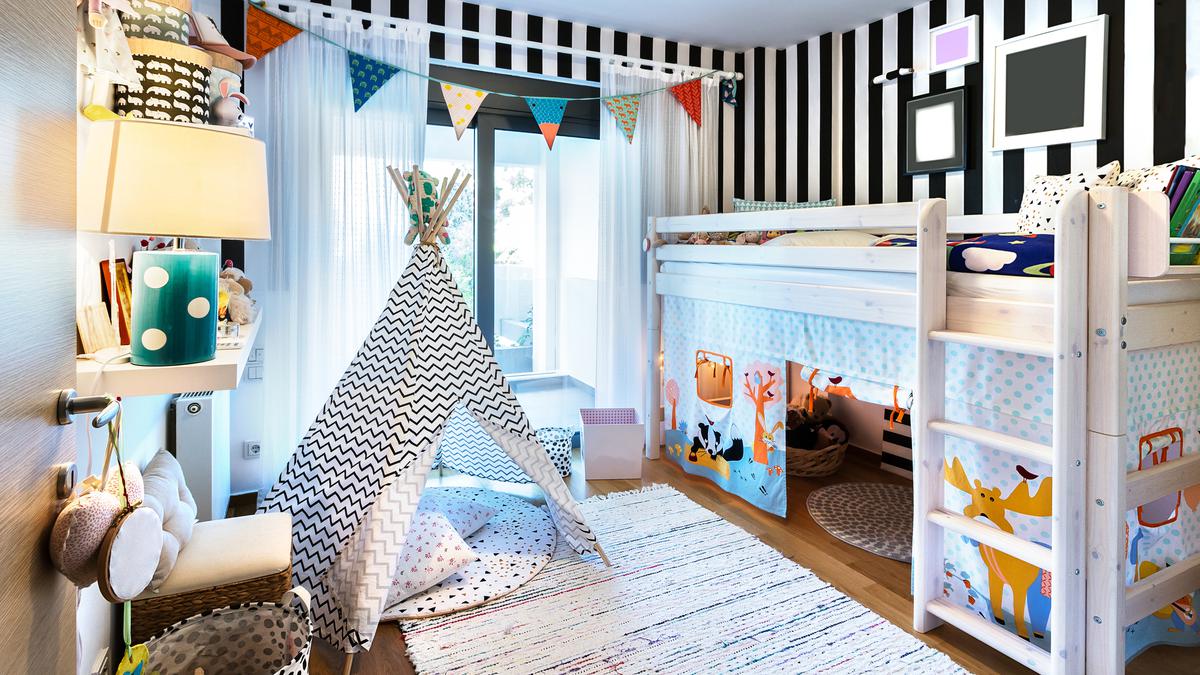It can be tricky designing a shared bedroom in today’s world where everyone wants their space — at all times of the day. But with room likely to be at a premium in today’s tight apartments, chances are children need to share a room for quite a few years. The many fights for space and décor styles notwithstanding, sharing a room contributes a fair amount to the closeness between siblings.
It isn’t easy to divide and design a shared space, but if done well it can result in a room that’s associated with lovely and lasting memories. “Invite constant inputs from both children and translate their ideas into the décor — this will ensure that they’re better connected and will love their space,” says Swati Patel, a Vadodara-based interior designer. “Growing up often leads to a swelling sense of identity crisis, existential angst and generation gap, and the bedroom often functions as a sanctuary for children,” she adds.
Create a distinct divide
The most important consideration before you begin designing the room is how to divide it fairly between both children. This depends on floor and wall space, but making the demarcation distinct can help create the feeling of two separate spaces — in one room.
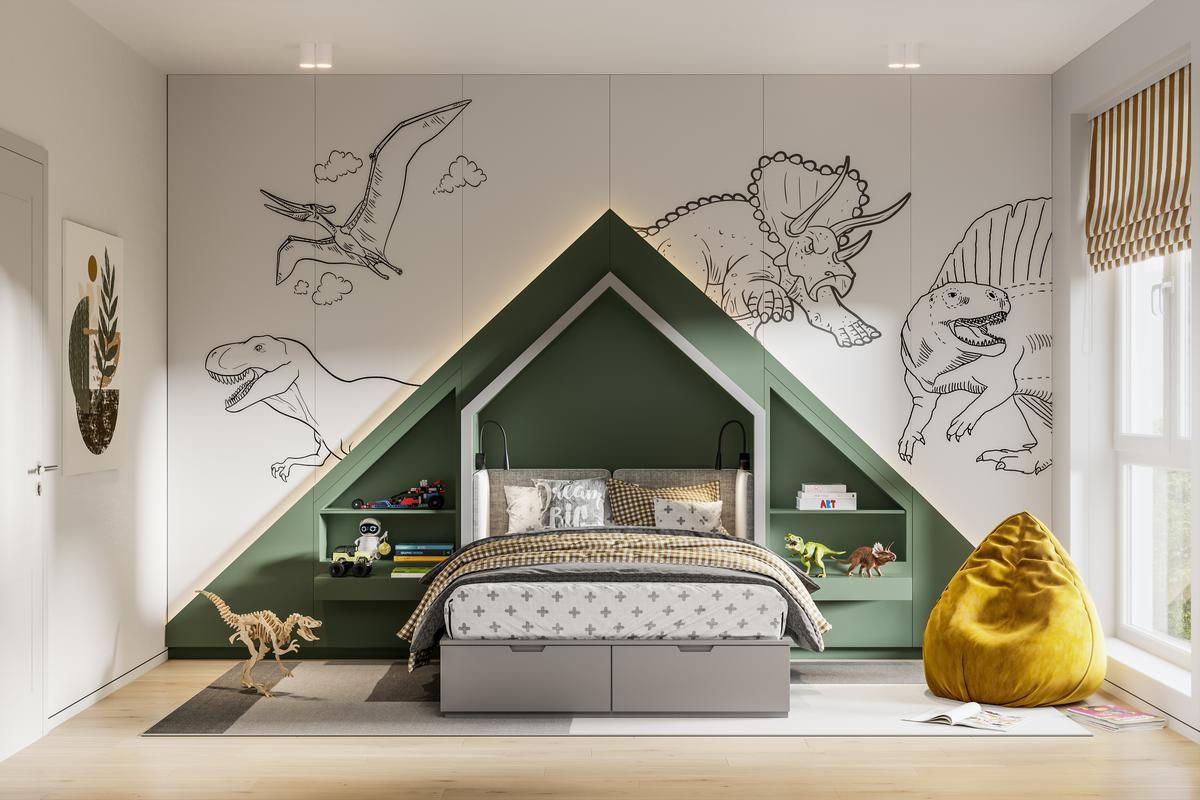
Use different paint colours or wallpapers to visually define and virtually divide the space in two. However, keep them in the same family to create a feeling of cohesion. If you have the space, matching house-shaped raised beds, with sheer café curtains on the windows, can provide privacy while keeping siblings close.
“Loft beds, bunk beds, twin beds, bookshelves, study tables can be used as natural dividers. When using twin beds, try canopies to create added privacy. Table lamps by the bedside ensure one child can read way into the night while the other nods off,” says Sonali Desai, an Ahmedabad-based designer.
Invest in furniture that multitasks
Children’s rooms, like all others these days, span a multitude of activities — sleeping, studying, craft work, hanging out, dressing up, and more. Make sure the bedding system — be it bunk beds, twins, or a double bed — works for both girls.
“Loft beds can push the sleeping space up by four or five feet and work well in small bedrooms. Or else, put in a trundle bed that can be pulled out for sleeping and stowed away to create extra floor space for daytime play,” Patel says.
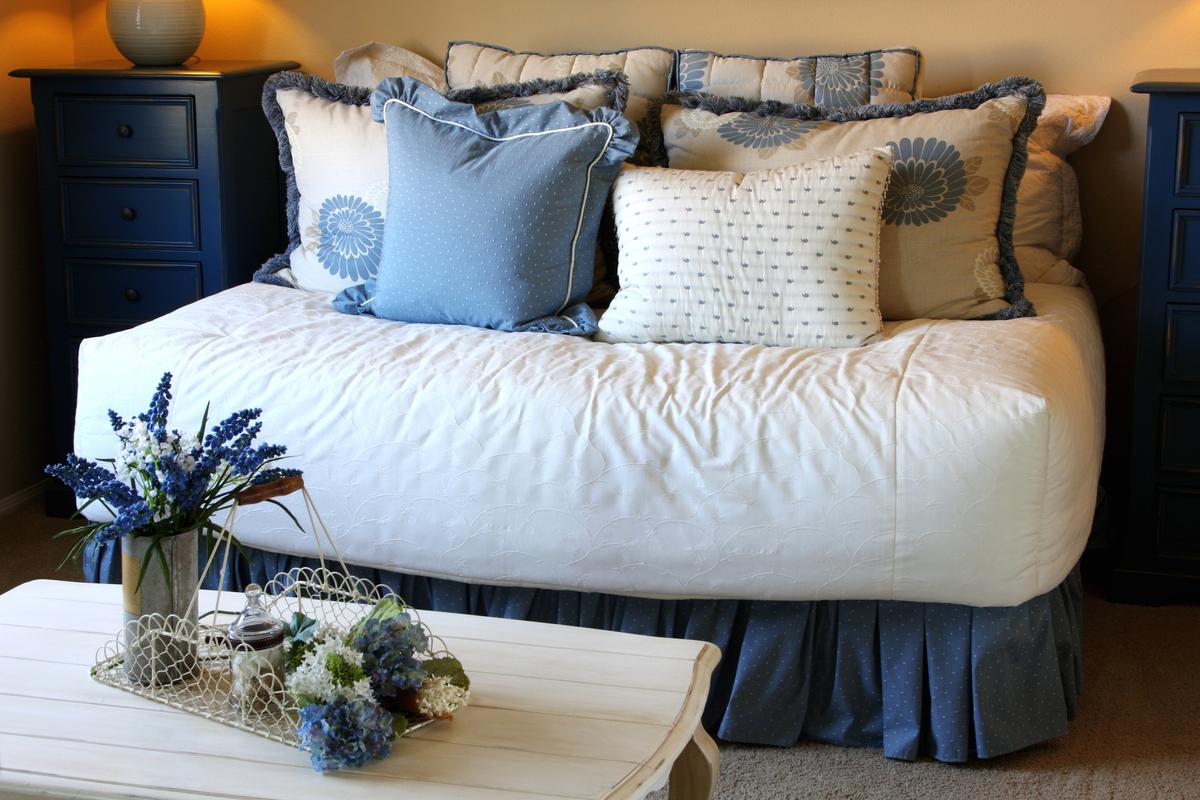
Under-bed storage areas keep handy all the stuff that children collect and seem to want to hoard. Comfortable desks, individual or double, ergonomical chairs, a rack of shelves, cupboards, and a dresser will ensure there is ample space to put almost everything away.
“Use ottomans with storage and bedside tables (wall-mounted if you’re short of space) to tuck in books. Children’s room also need enough plug points to charge laptops, music systems, cellphones, and Kindles,” Patel adds.
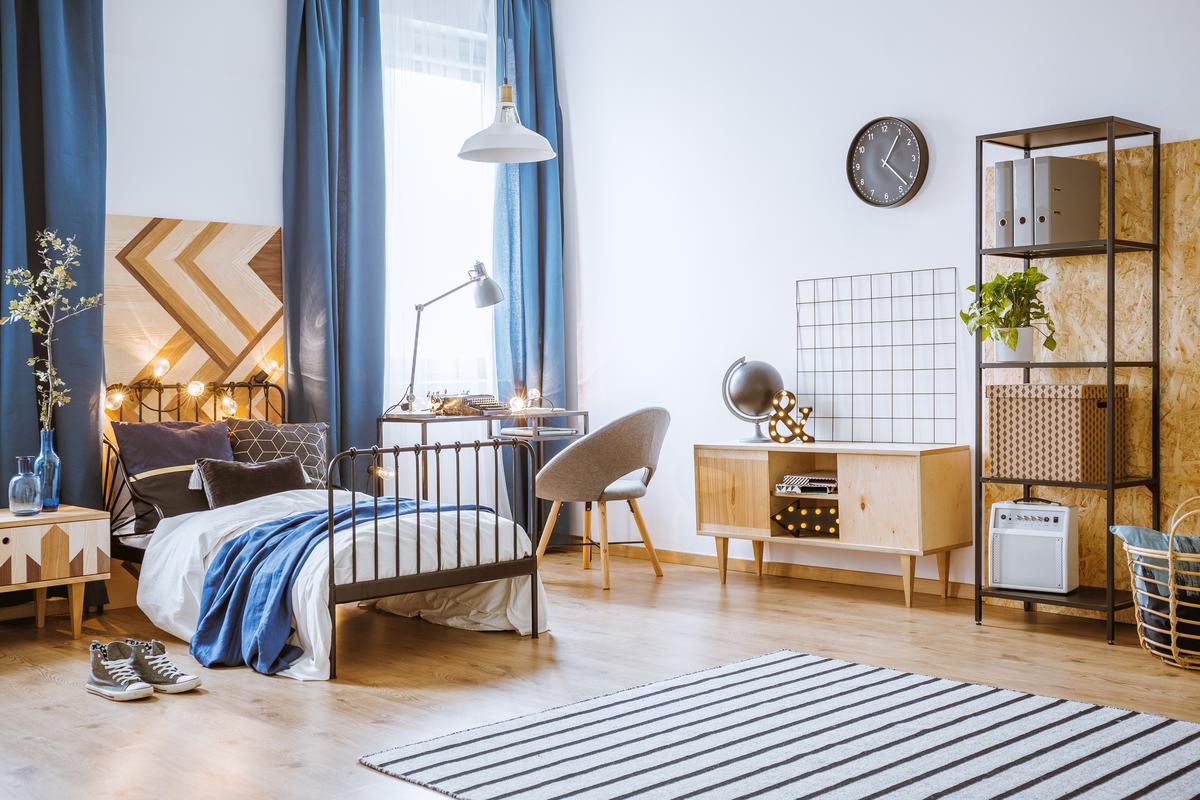
Explore hidden areas and neglected corners for closets and shelves. Closet organisers such as shoe and jewellery racks, and organisers for shirts, tees, bottoms, underwear and socks help keep cupboards in order. Other storage options include behind-door hooks or racks, stackable storage bins, storage drawer sets, and under-bed shoe racks.
Showcase their individuality
It is important to create separate spaces under the umbrella of a unified scheme when designing a room for two children. This lets each child have her own space and showcase her personality in a shared room. Apart from visual and physical privacy, involve both in decorating their space — try using wooden letters to spell out names, photo frame displays, personalised patchwork quilts, and more.

“If both children like a theme, say Harry Potter, space, travel, sports etc, use it but sparingly across the room. Funky wallpaper, shimmer or textured paints, padded headboards, fabric-encased shelves, musical instruments, standout lamps, quote placards and bright throw pillows can liven up a space, but don’t go overboard, especially since the inputs are double,” Desai says.
Ultimately, you are designing one room so make sure that the two areas are tied together in some way through a rug, fabric pattern, or colour scheme.
A room that grows with children
It’s all very well to invest in a candy pink dresser or an engine red four-poster bed, but chances are high that your child will grow out of that colour scheme/ theme in a couple of years. Keep the big picture in mind when designing a children’s room. They’re going to grow up and need a room that can accommodate changing tastes.
“I advise parents to invest in durable pieces of furniture that can stand the test of time,” Desai says. “Wardrobes, chest of drawers, and tables are pieces that can last decades if chosen well. Opt for vintage pieces that have weathered time and trends; you can update them with paint as the years pass,” he adds.
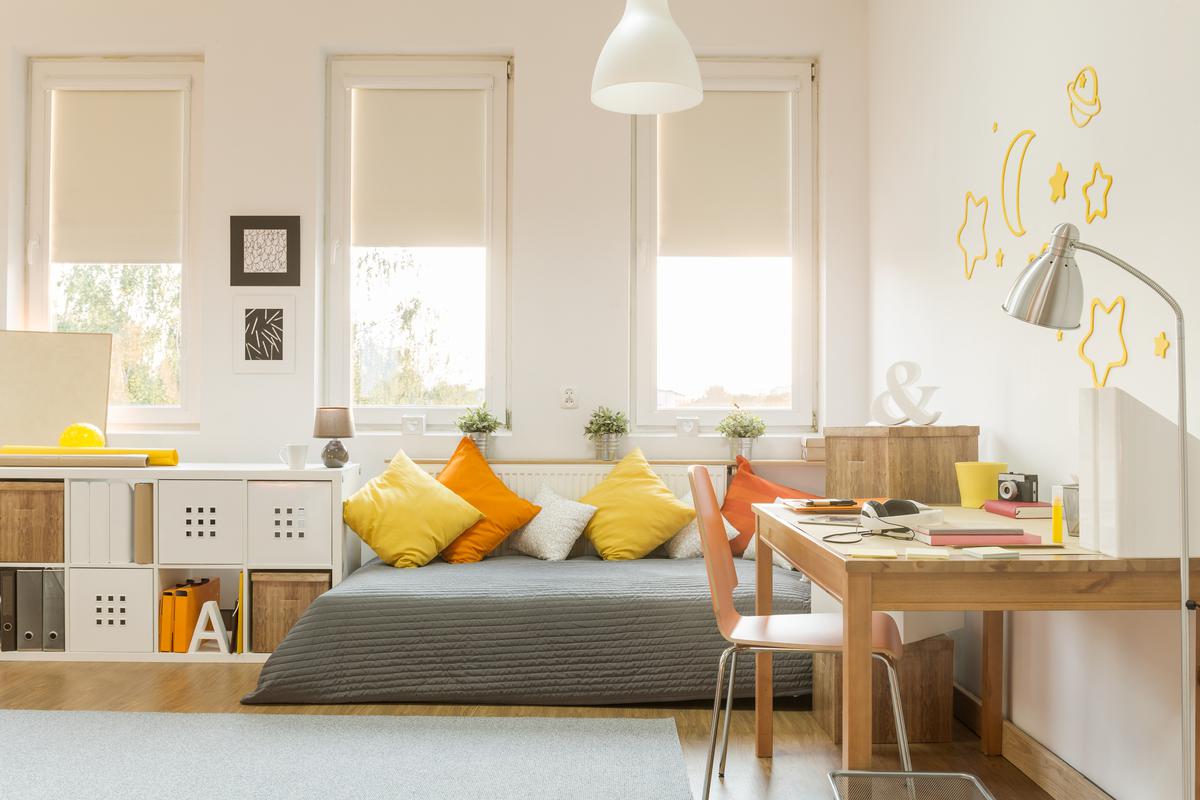
Multiple studies have shown that colour has the ability to inspire, excite, soothe, heal, and even agitate. This holds particularly true for children, who can be extra sensitive to the impact of colour around them. Avoid overloading the room with garish primary colours to ensure that the space has a sanctuary feel. Plain walls and furniture never go out of style and tend to create a bright and airy atmosphere.
“Using a backdrop of soothing neutrals or calming pastels creates the perfect setting for all things that children’s room must make space for. The toys, books, games, photographs, and décor items add ample personality,” Patel says.
Growing up is a trying time at best. Tweenage gives way to teenage, and children must attempt to balance personal life, school, and the many changes on the physical and emotional front. Ensure that your kids look forward to coming home every day, by creating a warm and inviting personal space.


